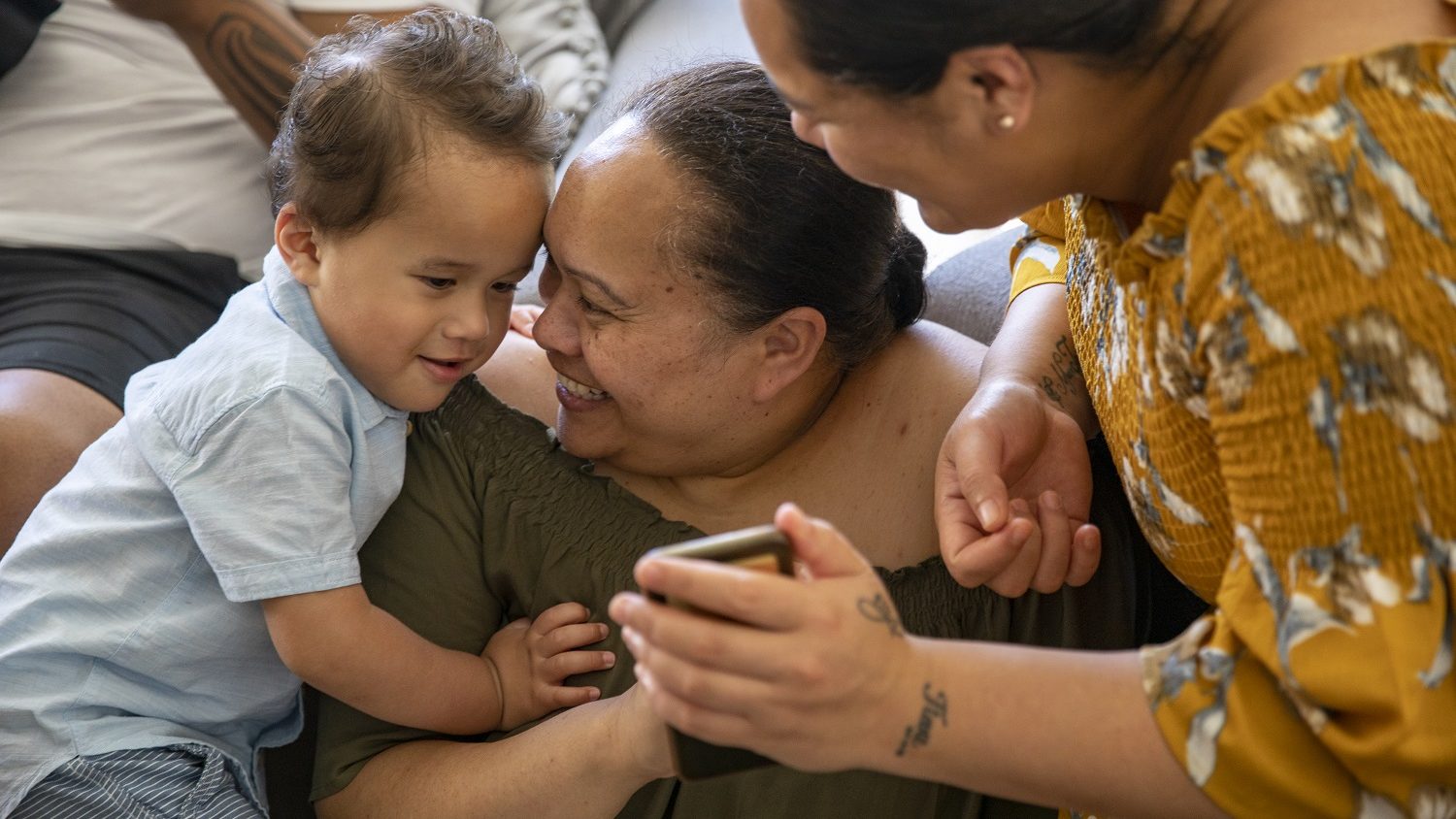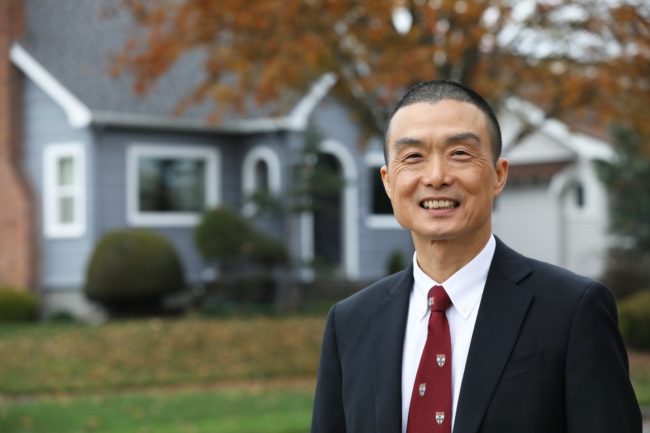This article was originally published in the HealthAffairs GrantWatch blog.

By Joe Finkbonner and Vanetta Abdellatif | December 7, 2021
The data are undeniable: oral health disparities exist in Washington State, largely along racial and ethnic lines.
For example, among second and third graders in the state, Black, Indigenous, and other children of color have higher rates of tooth decay and untreated decay than White children in categories such as cavities experienced in all teeth, cavities in permanent teeth, and rampant decay—seven or more teeth with cavity experience. Among adults, nearly twice as many Native Hawaiian/Pacific Islander adults—27 percent—experience pain in the mouth than White adults—15 percent.
Arcora Foundation’s vision is for everyone to enjoy good oral and overall health with no one left behind. This equity-centered approach aligns with the vision we share with our funder, Delta Dental of Washington. Alongside our partners, we’ve helped promote healthy behaviors and expand access to dental care through our programs and efforts over the years. Arcora funds only in Washington State.
We’re helping more people enjoy healthy smiles, but disparities persist for racial/ethnic groups, especially for Black, Indigenous, and People of Color (BIPOC) populations. The development of our 2022–2024 strategic plan allowed us an exciting opportunity to tackle this question: How might we be the catalyst for more meaningful changes where the data show significant disparities?
Intentional About Equity
With the Arcora Foundation board’s leadership and direction, we began a journey to rethink how we work, specifically about the role that equity plays in what we do. During our strategic planning in 2021, board members remained interested in and engaged with the process. They aligned on:
- The importance of equity in the foundation’s work.
- The need to be more intentional in placing equity front and center to meet the needs of populations experiencing significant disparities—namely, BIPOC populations.
In September 2021, our board approved the new strategic plan, which leads with equity. Health equity, according to the foundation’s definition:
- Assures conditions exist for the highest standard of health and well-being that reflect every person’s needs.
- Reallocates power and resources.
- Dismantles oppressive systems.
- Heals harm from system imbalances.
- Eliminates racism and discrimination as factors to predict life expectancy and health outcomes.
Following heightened attention on racial justice issues in summer 2020, we’ve seen equity intentionally applied to policing, housing, education, and other areas. Equity is also essential to oral health. You deserve fair and just opportunities no matter who you are or where you come from, so as to get resources to stay healthy and access care when and where you need it, all without barriers.
BIPOC populations, historically underserved and under-resourced, have significant need and opportunities to improve oral health. By taking intentional steps to place equity front and center in our work, we have opportunities to help bridge the oral health equity gap and eliminate disparities.
Prevention—by using community-based interventions—and access—by using care setting–based interventions—remain strategic priorities. Goals for our prevention work are to expand community water fluoridation, influence healthy oral health behaviors, and address root causes of poor oral health.
For our access work, our goals are to achieve policy changes—such as an increased investment in the pediatric Medicaid dental program and greater access to community water fluoridation statewide; to increase culturally appropriate care; to advance innovative models of care—which includes addressing oral health concerns during medical visits; and to expand access for those experiencing the greatest barriers.
In our new strategic plan, we will look for ways to deepen our work and focus on BIPOC populations in communities across the state to bridge the equity gap. We will look for ways to have more authentic, engaged, and frequent conversations with community members and partners. Our aim is to think differently about our prevention and access work and to move the needle in partnership with BIPOC people.
See Full Strategic Plan
Benefits Beyond Oral Health
Oral disease is mostly preventable. Families, businesses, and taxpayers save money and thrive through oral disease prevention. Tooth decay is the number-one chronic disease of early childhood. (See page 3.) Classroom instruction can be difficult, if not impossible, for a child suffering the pain of cavities. For adults, it is hard to get a job if you are missing teeth or to keep a job if you are in pain from oral disease. The health of the mouth is one of the most visible indicators of economic inequality.
Oral health matters to overall health. Research shows links between poor oral health and serious or potentially life-threatening conditions. A few examples are diabetes, heart disease, stroke, and pregnancy complications.
People can have better overall health when they have healthy smiles. From an equity standpoint, the advancement of good oral health for all makes sense.
Bold Action Brings Potential Of Big Rewards
The Arcora Foundation plan has flexibility. Working this way comes with some risk. We could try new approaches and not succeed. But what if we do succeed? Our plan allows us to be nimble so we can course correct, try a different approach, or scale up if we succeed in a big way.
The plan relies on relationships. We must co-create solutions to reach our priority populations where they are. Community engagement and partnerships are integral to the plan’s success. Community, state, and national groups, the dental and medical community, policy makers, and others will be key collaborators on this journey.
At Arcora Foundation, our name reflects our equity-driven mission —bending the arc of oral health toward equity. Our new, three-year strategic plan—which launches in January 2022—sharpens our focus to address significant disparities in oral health. With the help of our partners, bridging the equity gap is possible—so everyone can reach their full potential with healthy smiles and good overall health.







